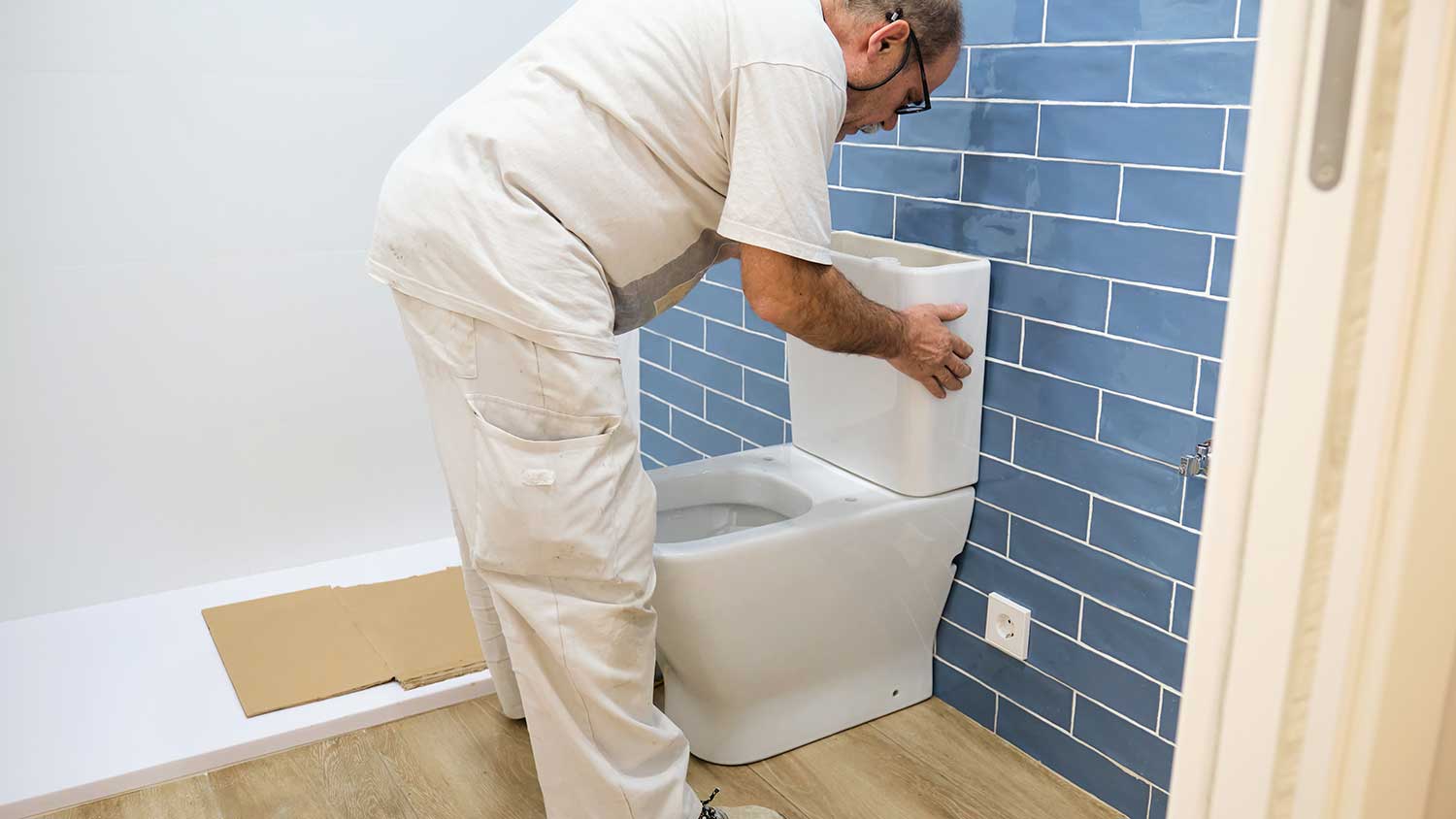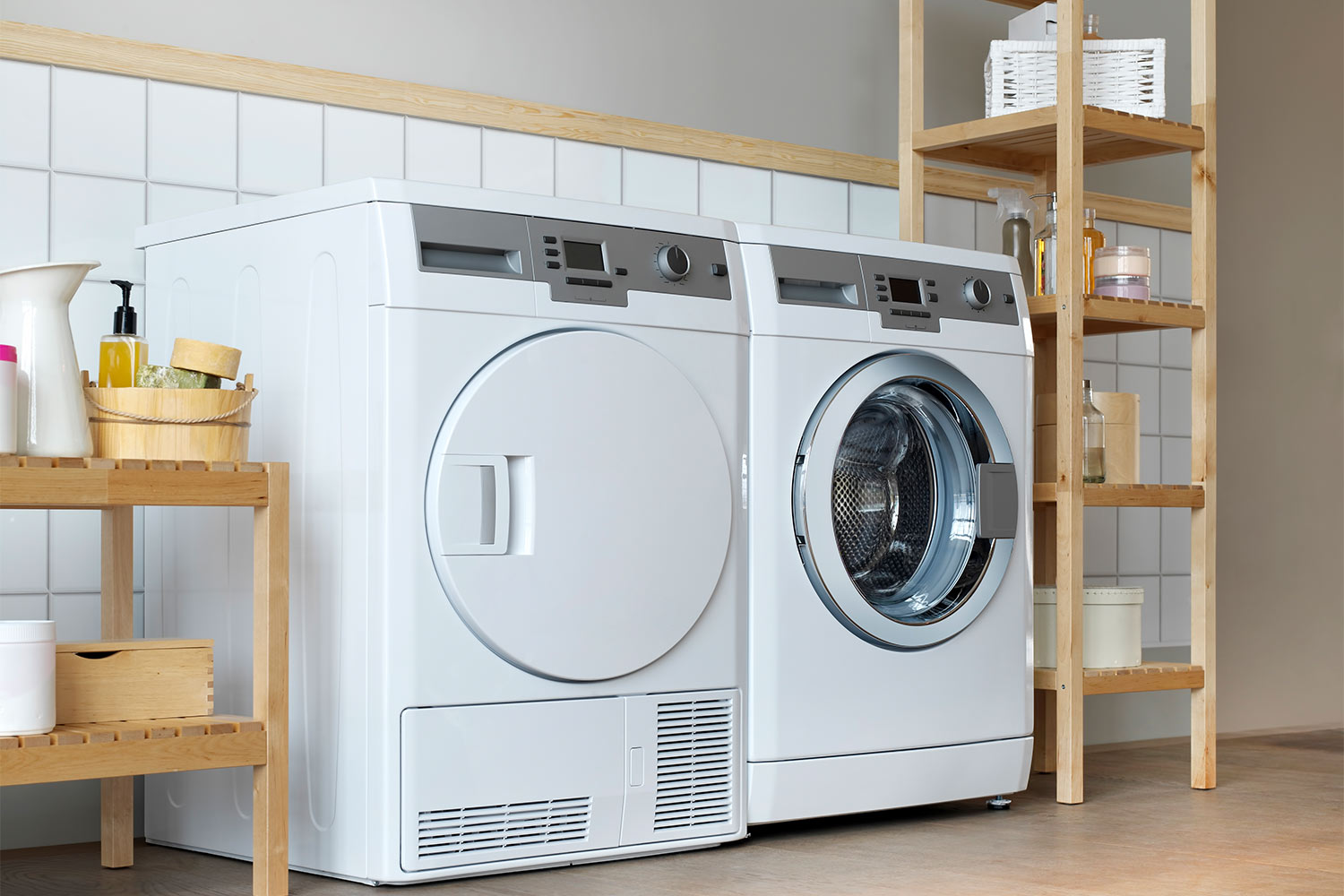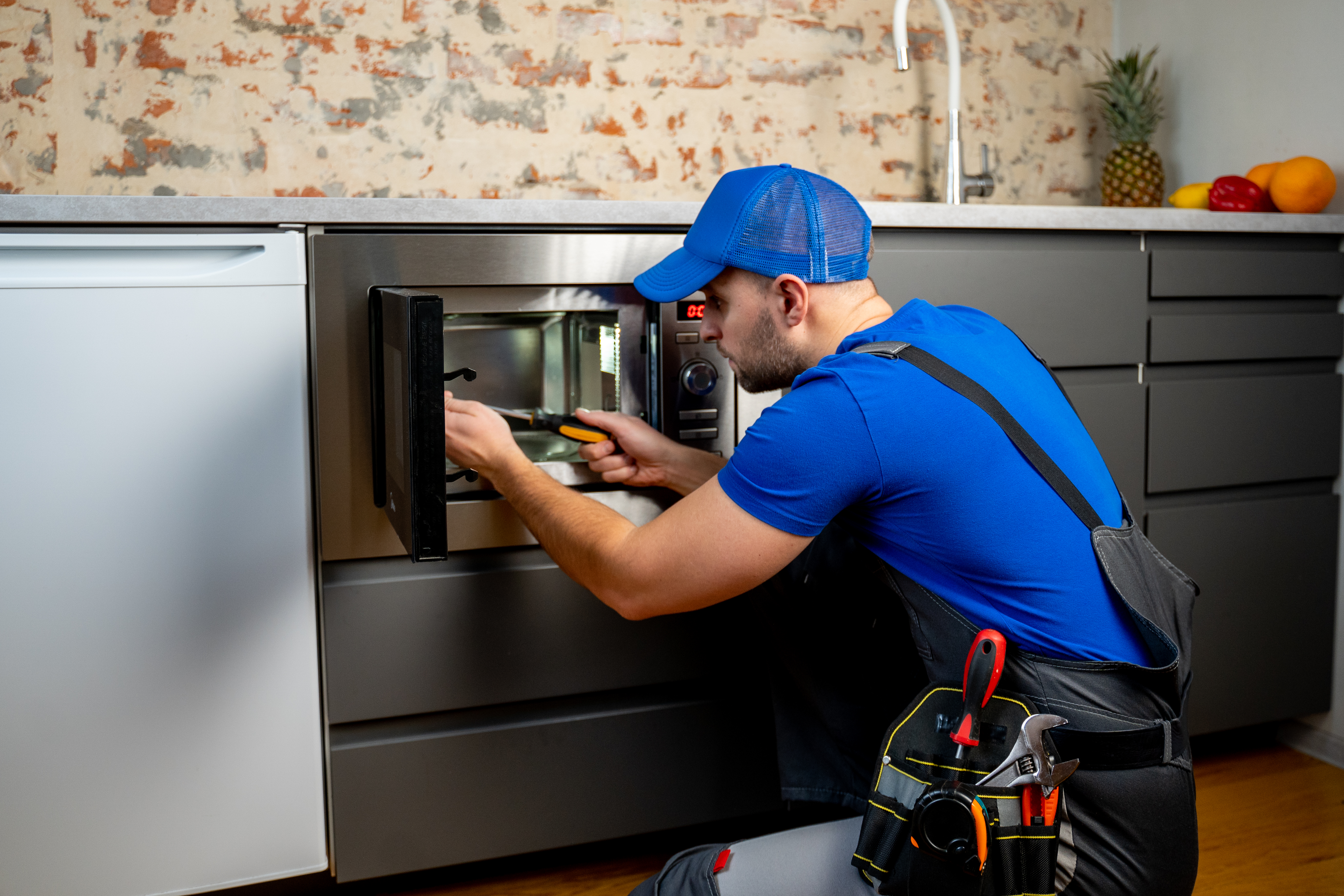
Check out the cost of remodeling a bathroom, including factors like size, location, materials, and local labor rates.
Hire a licensed plumber to replace your toilet


Replacing a toilet is best handled by a licensed plumber to ensure proper sealing and level placement.
Main cost factors include labor time, toilet type, and any needed flange or bolt replacement.
Professional installation helps prevent leaks and water damage while keeping your bathroom usable sooner.
Confirm whether removal and disposal of the old toilet is included and plan around water shutoffs.
Ask for a clear estimate detailing labor, materials, and any added charges before work begins.
This article was created using automation technology and thoroughly fact-checked and edited by HomeAdvisor Editor Ryan Noonan.
If you are deciding who to call to replace a toilet, a properly licensed plumber is the safest choice for a trouble‑free install. Experienced handypeople can handle straightforward swaps, but call a plumber if plumbing issues appear. Correct sealing prevents leaks and damage. Expect two to four hours, and remember toilets are heavy.
Improper toilet installation causes wobbling, leaks, and potential water damage. Plumbers turn the water off and back on correctly, level the toilet, and seal all connections to prevent leaks. For simple replacements, hiring a licensed plumber is often more affordable than you expect and may be completed in a couple of hours, helping you avoid follow‑up repairs.
Ensures tight seals that prevent future leaks
Levels the toilet correctly to avoid wobbling
Properly turns water off and back on
Evaluates flange and bolts and replaces if needed
Troubleshoots unexpected plumbing issues on the spot
Completes most replacements in two to four hours
Reduces risk of water damage and repairs
Provides clear labor rates and estimates
Handles heavy lifting and precise placement
May include removal and disposal; confirm in advance
If you encounter unexpected plumbing issues or want to ensure a watertight, professional installation, you might want to consider a local plumber to ensure the job is done safely and correctly.
An experienced handyperson can likely replace a toilet when no additional plumbing problems exist. They are a practical fit if already handling flooring work or updating bathroom fixtures like faucets or lighting. If complications arise or broader plumbing repairs are needed, call a plumber. Confirm scope, experience, and what is included in the service before scheduling to avoid surprises.
Toilet replacement is straightforward when complications do not arise. A pro will verify measurements, safely shut off water, and protect floors. They remove the old unit, check the flange and bolts, and install a new wax ring for a watertight seal. Plumbers troubleshoot issues as they go, then level, tighten, reconnect, and test the toilet before caulking the base.
Measure rough-in from wall to bolt centers (often 12 inches; can be 10 to 14 inches)
Turn off water at the shut-off valve
Remove the supply line with an adjustable wrench
Remove seat and lid
For two-piece models, remove the tank
Remove base bolts; gently rock to break the seal
Inspect flange and bolts; reuse or replace as needed
Install a new wax ring around the flange
Set the toilet over bolts, press to set seal
Tighten nuts evenly; confirm the toilet is level
Place and secure the tank
Reattach the supply line
Attach seat and lid
Turn on water and test for leaks
Caulk the base
Most homeowners pay $250 to $550 for a pro’s time to install a toilet. Labor runs $40 to $200 per hour, and a simple replacement can cost as little as $90. Premium replacements can reach $1,500 or more depending on the toilet type, while the toilet itself ranges from $100 to $3,000. Plan for two to four hours and ask if removal and disposal are included; flange conditions can add time. If repair is feasible, expect $150 to $400. Toilets last 10 to 50 years—consider replacement if cracked, wasting water, or over 15 years old. Get a written estimate detailing labor, materials, and any disposal fees.
From average costs to expert advice, get all the answers you need to get your job done.

Check out the cost of remodeling a bathroom, including factors like size, location, materials, and local labor rates.

HomeAdvisor’s Bathtub Faucet Repair or Replacement Cost Guide explains how much tub faucets cost. Find out what factors affect the final price.

Budget for main sewer line clog repair costs based on factors such as cleaning method, sewer age, project complexity, permits, labor, and more.

Wondering who installs washer and dryer hookups? See whether to call a plumber or electrician, what’s involved, and the typical $2,000 cost

Learn how to hire a qualified, reasonable, and reliable plumber with this handy hiring guide for homeowners.

Who fixes microwaves? Learn who to call and who can repair a microwave safely, plus what pros do and why hiring a specialist matters.